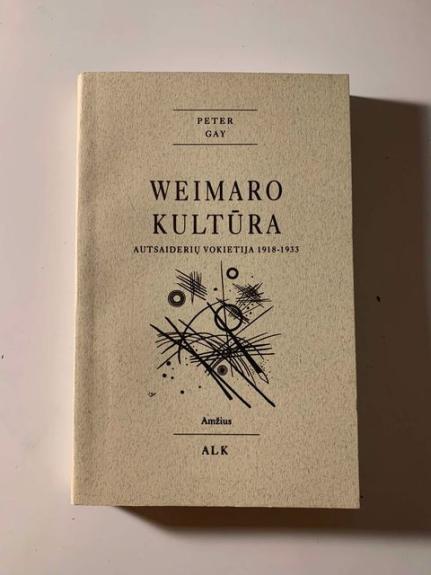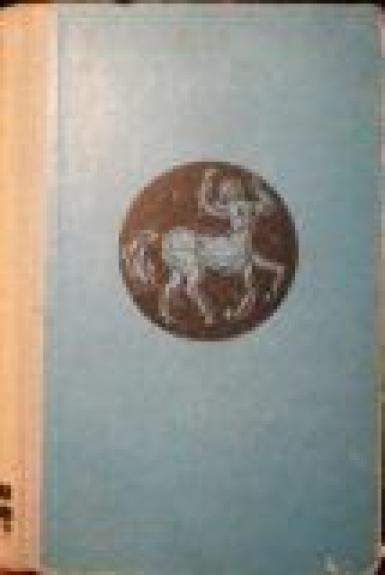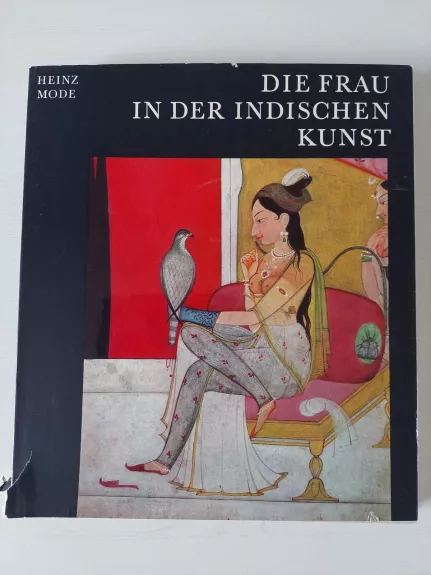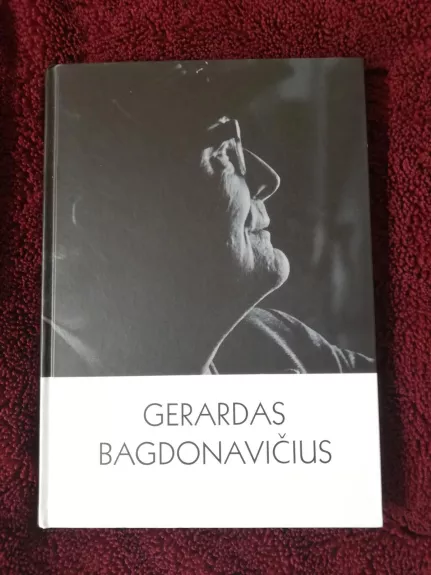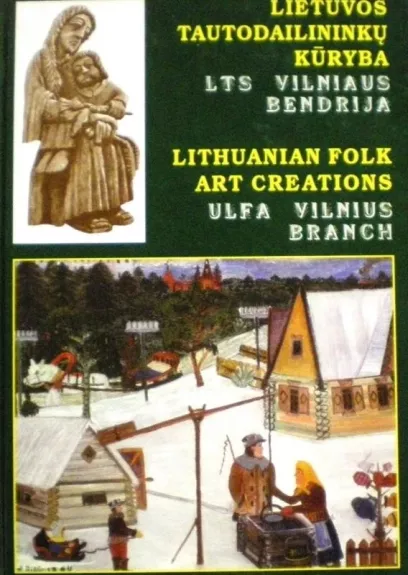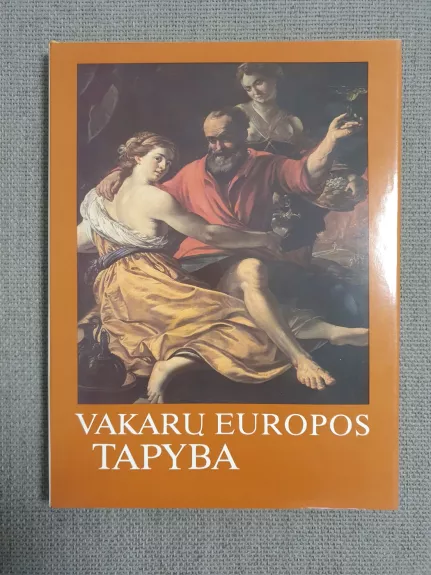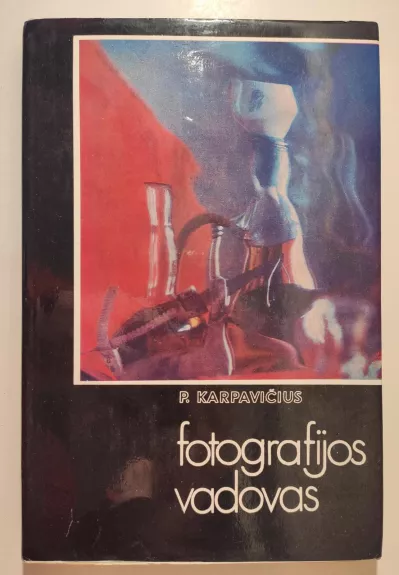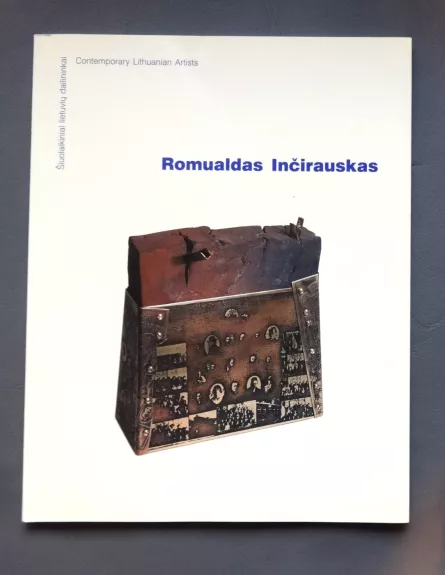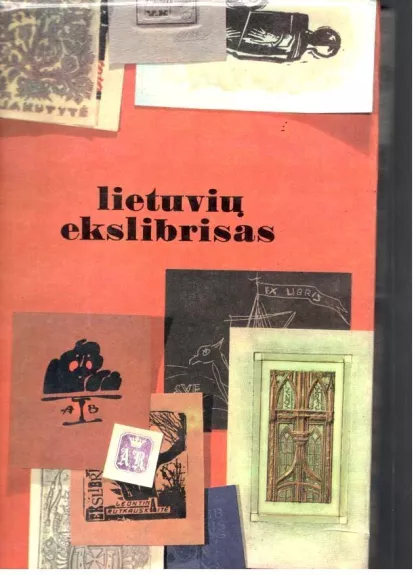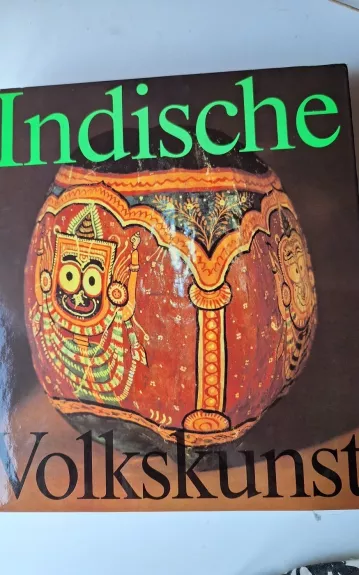
Indische Volkskunst
The cultural development of India spans a period of more than ten thousand years. From the beginning, folk art – as distinct from the art of the royal courts and temple towns – has played a constant and important role. The influence of folk art upon the Indian cultural sphere remains no less potent today than in the past. Indian Folk Art represents the first attempt to present this history: first, as an uninterrupted tradition extending back more than twelve millennia and second, as the art of the Indian people in the broadest sense – the people who first settled the subcontinent. In its predilection for line drawing and engraving and for overall designs in both painting and textiles, Indian folk art is distinctive. Another important and clearly discernible characteristic of folk art is its marked tendency to return again and again to the same images and motifs, the meaning of which varies in accordance with changed historical circumstances. Ranging from themes that embrace personifications of the forces of nature, symbols of abundance and fecundity, to visual interpretations of the pantheon of celestial beings, the depth of religious experience shows its profound influence of the popular art. The author also demonstrates that, in the light of new evidence of the earliest examples of Indian art that have emerged in recent decades, women should be accorded a far higher place in Indian culture than has hitherto been assigned to them. In Indian classical art, women were generally regarded chiefly as sources of inspiration. In Indian folk art, on the other hand, they were creative and exceptionally important contributors to the formation and preservation of the country’s cultural character, and the chief custodians of India’s age-old artistic heritage.


